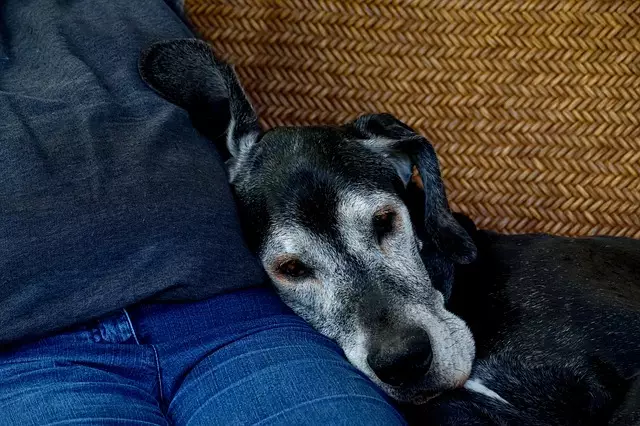Bringing a senior dog into your home, or prepping for your aging canine companion, calls for a unique approach compared to younger canines. Senior dogs, typically classified as those nearing the last quarter of their lifespan, face different challenges and require tailored care. For large breeds, senior status may begin around six years, while smaller breeds may not reach this juncture until they are ten or twelve. This demographic shift necessitates a reevaluation of your home and routines to ensure a smooth transition for both you and your furry friend.
As dogs age, their physical and emotional needs evolve. Recognizing these needs and adjusting your environment is essential to fostering a comfortable sanctuary for them. For example, many senior dogs experience mobility issues stemming from arthritis or other joint concerns—this makes the selection of home decor and layouts crucial. Consider investing in orthopedic beds which provide the necessary support for tired limbs and joints. Additionally, if you aim to allow your dog to share your bed, exploring accessible solutions such as stairs or ramps can enhance their comfort and strengthen your bond.
In the early days of welcoming a senior dog, it’s imperative to strategize their living arrangements. You might contemplate utilizing a crate or confining them to a space with a non-carpeted floor, giving you peace of mind when it comes to potential accidents while also simplifying post-accident cleanups. You may choose to implement barriers in your home to limit access to certain rooms, especially during the initial adjustment phase. This limitation can prevent messes and safeguard your belongings.
Both puppies and senior dogs thrive on routine, yet the significance of a structured daily schedule heightens as dogs age. Predictability can alleviate anxiety, particularly for a newly adopted senior dog who may struggle to adjust after years in a different setting, such as a shelter. Establish a consistent pattern for feeding, walking, and alone time to minimize confusion and foster a sense of security. For instance, maintaining the same feeding time every morning during weekdays can reduce stress and create a comfortable rhythm in their lives.
If your dog is accustomed to certain times, alterations prompted by weekend shifts can be disorienting. Understanding that dogs often require to relieve themselves shortly after meals is also vital; hence, synchronizing feeding and bathroom breaks are fundamental to achieving practices that uphold their health and comfort.
Unforeseen behavioral challenges may arise with the introduction of a senior dog into your home, notably anxiety or destructive behavior resulting from stress or boredom. Creating a proactive plan addressing these issues can go a long way. Setting up a designated space with comforting items like toys, blankets, and even calming music can help soothe your senior dog when you leave.
Crate training remains a viable option for ensuring safety when you cannot supervise your dog. However, this should be considered alongside a plan to lessen anxiety; this could involve gradual desensitization or the assistance of trainers or behavioral experts. Establishing measures to control any destructive tendencies not only protects your belongings but also ensures a harmonious household dynamic.
The reality is that senior dogs often come with an array of potential health issues. From arthritis to chronic diseases like diabetes and cancer, the prospect of caring for an aging canine can raise various concerns. Developing a financial and emotional plan for potential medical expenses is imperative. Identifying a local vet with experience in geriatric care can also set the foundation for an efficient response to any health emergencies.
Beyond external support, creating a home environment conducive to their well-being is crucial. This includes assessing the flooring—slippery surfaces might pose mobility challenges. Implementing non-slip rugs or floor runners can significantly ease their movement. Furthermore, if your home features stairs, consider installing baby gates to minimize the risk of falls and injuries.
The well-being of a senior dog often hinges on having the right resources and supplies ready prior to their arrival. Items such as raised food and water bowls can make dining easier, while orthopedic beds enhance their rest. Investing in wellness products like diapers or pee pads can assist in managing any incontinence issues that arise due to age-related changes.
Moreover, an array of supportive items like pill pockets or medical alert tags for known health conditions can prove invaluable. Preparing your home thoughtfully allows you to focus more on creating fond memories with your senior dog rather than merely reacting to daily demands and challenges.
Welcoming a senior dog into your home represents a rewarding endeavor, filled with opportunities for companionship and emotional fulfillment. However, comprehensive preparation is key to ensuring both you and your aging pup can enjoy this new chapter in comfort and harmony.

